Direction (1-5): Study the information given below and answer the questions based on it.
Seven students T, U, V, W, X, Y and Z are going to school on different days of week starting from Sunday to Saturday but not necessarily in the same order. T does not go to school before Wednesday. W goes to school three days before Y. Neither V nor X goes to school on Monday. Z does not go to school on the first day of the week. U goes to school immediately before T. W does not go to school on Monday. Only two students go to school between U and Z. V and X go to school before W. Y goes to school after U.
Q1. On which of the following day V goes to school?
(a) Wednesday
(b) Sunday
(c) Friday
(d) Tuesday
(e) Either (b) or (d)
Q2. Which of the following is true with respect to the one who goes to school on Monday?
I. Only one person goes to school between the one who goes to school on Monday and W.
II. Only one person goes to school between the one who goes to school on Monday and U.
(a) Only (II)
(b) Both (I) and (II)
(c) Neither (I) nor (II)
(d) Only (I)
(e) Either (I) or (II)
Q3. Who among the following goes to school on Saturday?
(a) Y
(b) Z
(c) T
(d) W
(e) None of these
Q4. How many persons go to school between the one who goes to school on Friday and V?
(a) Three
(b) Two
(c) Either (b) or (d)
(d) Four
(e) One
Q5. Which of the following statement is true with respect to the given arrangement?
(a) W goes to school on Tuesday.
(b) Only one person goes to school between Z and the one who goes to school on Wednesday.
(c) U goes to school before V
(d) None is true
(e) W goes to school after T
Direction (6-10): In the following question, some statements followed by two conclusions (I and II) are given. Assuming the given statements to be true, find which of the two conclusions follow(s) the given statements and choose appropriate answer choice.
Q6. Statements: E > K > G < H; G > L; H > M
Conclusions: I. K > L
II. M < G
(a) Only I follows.
(b) Only II follows.
(c) Neither I nor II follows.
(d) Both I and II follows.
(e) Either I or II follows.
Q7. Statements: M ≥ Q = N, S = R > G, B ≤ G, S ≥ N
Conclusions: I. Q ≤ R
II. S > B
(a) Only I follow.
(b) Only II follow.
(c) Neither I nor II follows.
(d) Both I and II follows.
(e) Either I or II follows.
Q8. Statements: D > E ≥ L > B ≥ X
Conclusions: I. X ≤ D
II. B ≥ E
(a) Only I follow.
(b) Only II follow.
(c) Neither I nor II follows.
(d) Both I and II follows.
(e) Either I or II follows.
Q9. Statements: M > H > L ≥ K, X < P = F ≥ M, I = U ≤ Y ≤ X
Conclusions: I. P > M
II. M = P
(a) Only I follow.
(b) Only II follow.
(c) Neither I nor II follows.
(d) Both I and II follows.
(e) Either I or II follows.
Q10. Statements: Q ≤ F ≥ M, Y < H ≤ Q, M ≥ C ≥ X = T
Conclusions: I. F > X
II. F = X
(a) Only I follow.
(b) Only II follow.
(c) Neither I nor II follows.
(d) Both I and II follows.
(e) Either I or II follows.
Q11. If it is possible to make a meaningful word with the second, fourth, twelfth, thirteenth and fourteenth letters of the word CONSTANTINOPLE, which of the following will be the first letter of the word? If no such word can be made, give ‘X’ as the answer. If more than one such word can be made, give ‘M’ as the answer.
(a) L
(b) S
(c) P
(d) M
(e) X
Q12. If in the number 632189334, 2 is added to each of the digits which is less than five and 1 is subtracted from each of the digits which is greater than five, then how many digits are repeating in the number thus formed?
(a) Two
(b) One
(c) None
(d) Three
(e) Four
Q13. How many such pairs of letters are there in the word ‘SATISFACTION’ each of which has as many letters between them in the word as in the English alphabet (Both forward and backward)?
(a) Two
(b) One
(c) None
(d) Three
(e) Four
Q14. How many such pairs of letters are there in the word ‘CONCLUSION’ each of which has as many letters between them in the word as in the English alphabet (Both forward and backward)?
(a) One
(b) Two
(c) None
(d) Three
(e) More than three
Q15. How many such pairs of letters are there in the word ‘DASHBOARD’ each of which has as many letters between them in the word as in the English alphabet (Both forward and backward)?
(a) One
(b) Two
(c) None
(d) Three
(e) More than three
Solutions
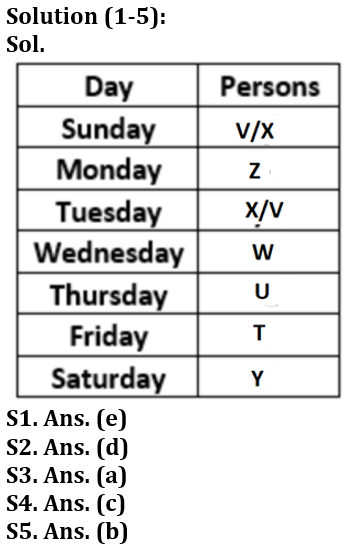
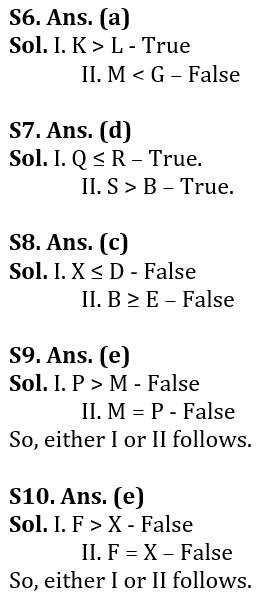

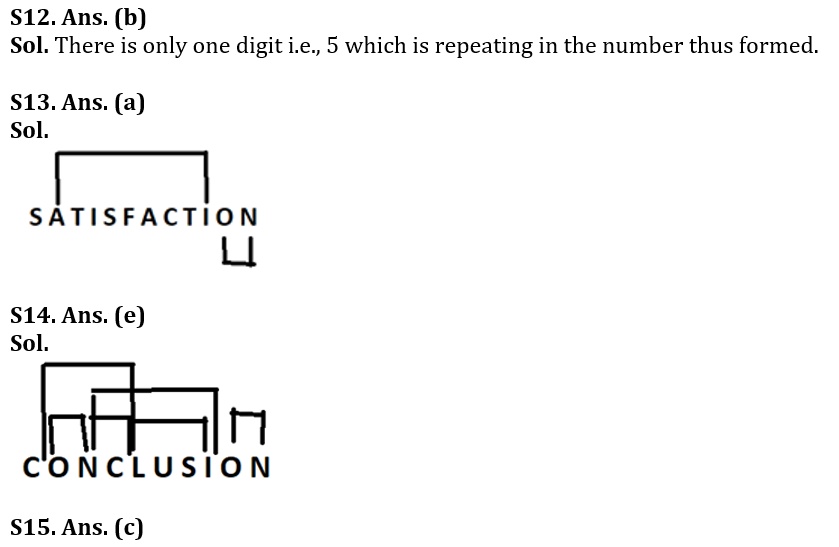



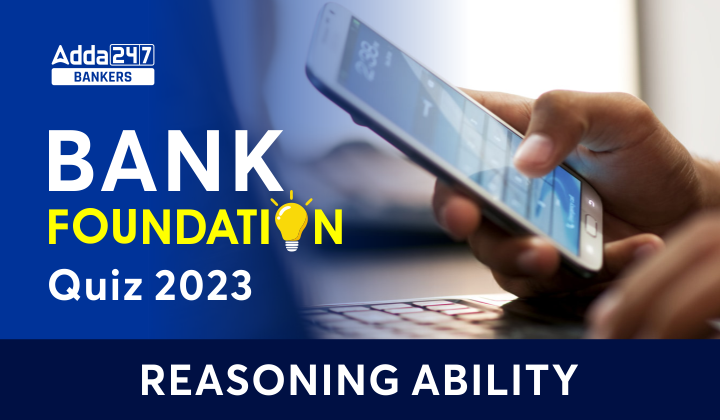

 GA Capsule for SBI Clerk Mains 2025, Dow...
GA Capsule for SBI Clerk Mains 2025, Dow...
 The Hindu Review October 2022: Download ...
The Hindu Review October 2022: Download ...
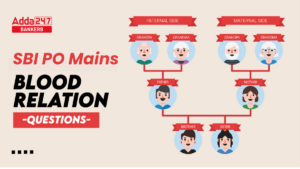 Important Blood Relation Questions for S...
Important Blood Relation Questions for S...





